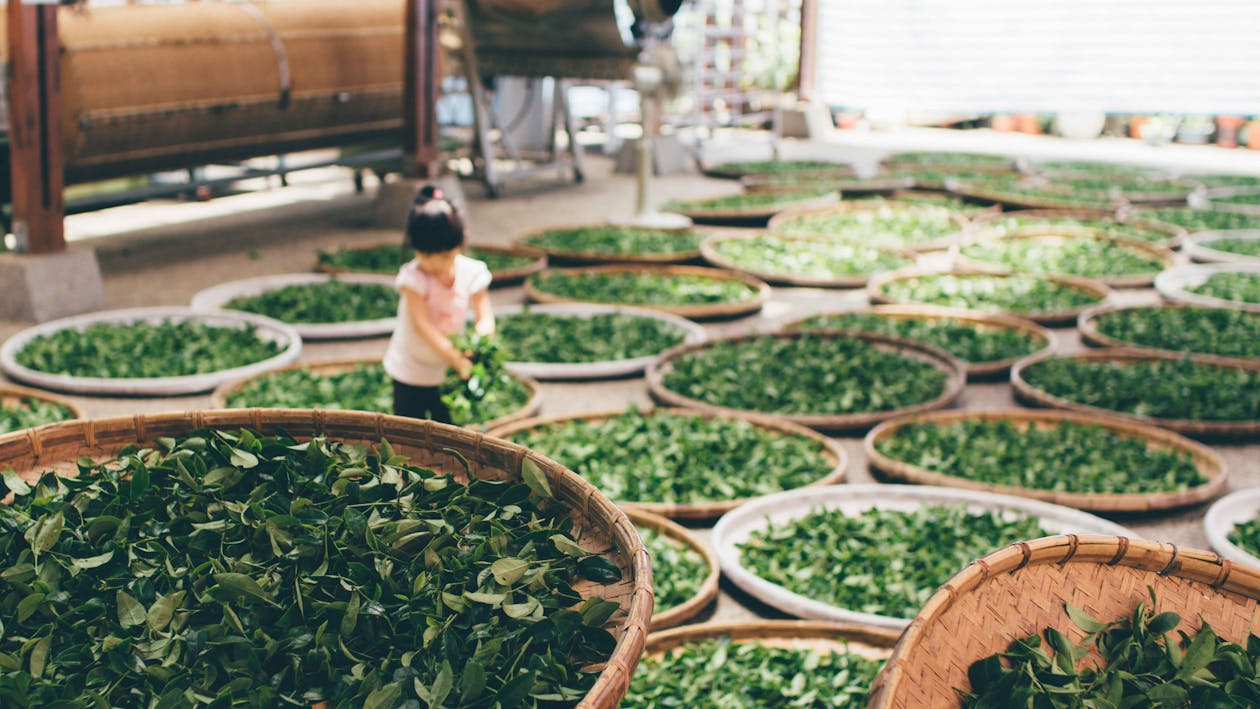Whether you’re searching for ideas on how to create a delightful herb garden on your kitchen windowsill or dreaming of designing an aromatic herb border in your garden, there are countless enchanting ways to embark on this journey.
From the invigorating freshness of mint to the earthy allure of thyme, the realm of herbs offers a multitude of options, elevating them to an indispensable addition to your collection of vegetable garden ideas.
Benefits of a Medicinal Plant Garden
Table of Contents
- Healing herbs are fantastic for improving health.
- By growing your own herbs, you not only save numerous trips to the store but also save a significant amount of money.
- For individuals who use medicinal herbs as prescribed, having a constant supply is imperative to ensure that doses are not missed. By nurturing these healing plants in your own garden, you can maintain a fresh supply all year round.
What Herbs Grow Best for Self-Sufficiency?
Starting a healing herbs garden might seem overwhelming for beginners, but don’t worry, growing and maintaining herbs is actually quite easy. Choosing which herbs to start with doesn’t have to be complicated either.
Among the best herbs to grow, the following are well-known. Garlic is renowned for its antiviral and antibacterial properties. Additionally, herbs like rosemary and sage enhance brain function, providing relief for ailments such as Alzheimer’s disease. Lavender proves effective in reducing anxiety and stress levels.
What is the best herb for overall health? It is difficult to choose one herb, but if you make a small list, it will look like this:
- ginger
- oregano
- saffron
- cinnamon
- cardamom
- garlic
- rosemary
- turmeric
The Best Herb Garden Ideas
We are used to paying attention to dog breeds before buying them. Obviously, there are dog breeds that are more likely to bite. Isn’t the same true for plants? The wise choice of medicinal plants for the garden is important and the plant identifier app will help you with this. With the app for iPhone, you can not only find out the type of herbs but also their care preferences. This app for plants can even help eliminate diseases.
You only need to download app to take your gardening to the next level. With the plant app, you can create the perfect garden for any purpose, including medicinal herbs.
#1 Plant A Rosemary Hedge
Planting a rosemary hedge is a wonderful way to border flower beds and patios. It will fill the air with its delightful aroma and provide an endless supply of sprigs to enhance dishes. This evergreen shrub also adds a year-round structure to the garden.
Rosemary can grow to 4-6 feet, making it ideal for hedging. As a Mediterranean plant, it thrives in poor, well-drained soil in drier climates. It flourishes in similar conditions to lavender, another fantastic choice for hedging.
#2 Plant Herbs For Bees
When planning your herb garden, consider the well-being of bees and other pollinators, who adore these aromatic plants even more than we do. Fill your borders with delightful flowering herbs like lavender, borage, rosemary, thyme, and mint, creating a sensory feast.
For those intrigued by beginner beekeeping, this is an excellent idea as it provides a ready-made environment for their thriving. The remarkable fact is that while these valuable pollinators cherish herbs, many pests do not. Several herbs also act as mosquito-repellent plants, effectively keeping undesired creatures at bay.
#3 Companion Plant Herbs With Your Other Crops
Companion planting has been practiced for thousands of years and involves growing specific ‘partner’ plants next to each other to achieve beneficial effects. Many herbs, such as thyme, lavender, rosemary, oregano, and mint, act as natural pest repellents and help deter insects that would otherwise feast on your vegetable garden. These herbs are also valuable in attracting pollinators to your plot.
According to Jekka McVicar VMH from Jekka’s Herb Farm, planting herbs to attract a wide range of pollinators improves the yield, rather than using them as specific companion plants. In addition to their healing properties for us, herbs can also contribute to the well-being of other plants. For example, placing chamomile next to an ailing shrub serves as a natural anti-fungal agent.
Harvesting and Storage Herbal

To maintain herbs’ peak flavor and scent, harvest before flowering and trim regularly. Trimming encourages new leaf growth, preventing over-maturity. Annual herbs recover when cut back by half, while perennials should only be trimmed by one-third. For seed production, wait until seed heads darken.
Disinfect tools before harvest and dry in low moisture areas. Hang stem groupings and seed heads in paper bags. Air dry individual leaves or use ovens, microwaves, or dehydrators for faster drying. Rinse and dry harvested roots on a screen.
Freezing alters herb texture but not flavor. Cooked herbs can be frozen instead of dried. Blanching helps preserve color, flavor, and nutrition. Then you can make delicious vegan cauliflower tacos. For soups or pastes, chop and freeze in ice cube trays with water or oil. Other options include herb vinegar and butter.
Conclusion
Herbs are a fantastic addition to any garden. Not only do they provide an array of health benefits, but they also add flavor and beauty. With the right knowledge of different herbs, their cultivation requirements, and companion planting strategies, anyone can create a successful medicinal herb garden. Plus, it’s fun!
- How To Create A Safe And Comfortable Home Environment For In-Home Care In Boca Raton? - July 16, 2024
- 10 Trendy Black Nail Ideas To Elevate Your Nail Game - May 6, 2024
- Getting A Free Divorce In Virginia? Here’s What To Expect - April 24, 2024





No Comments